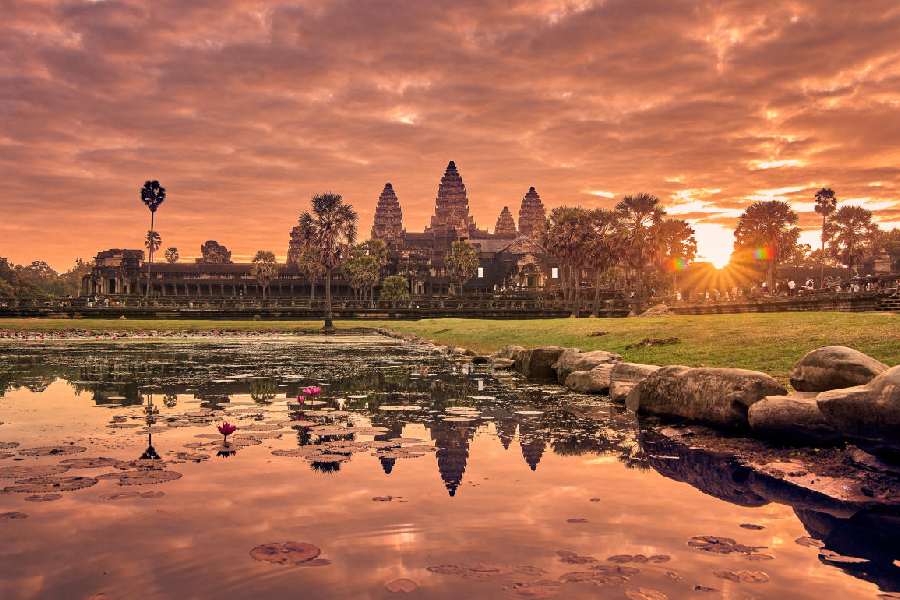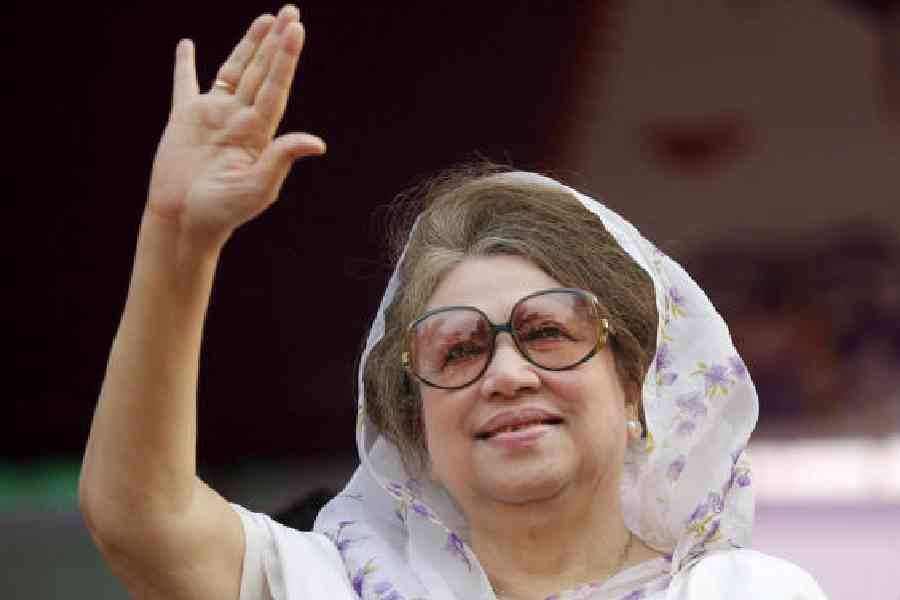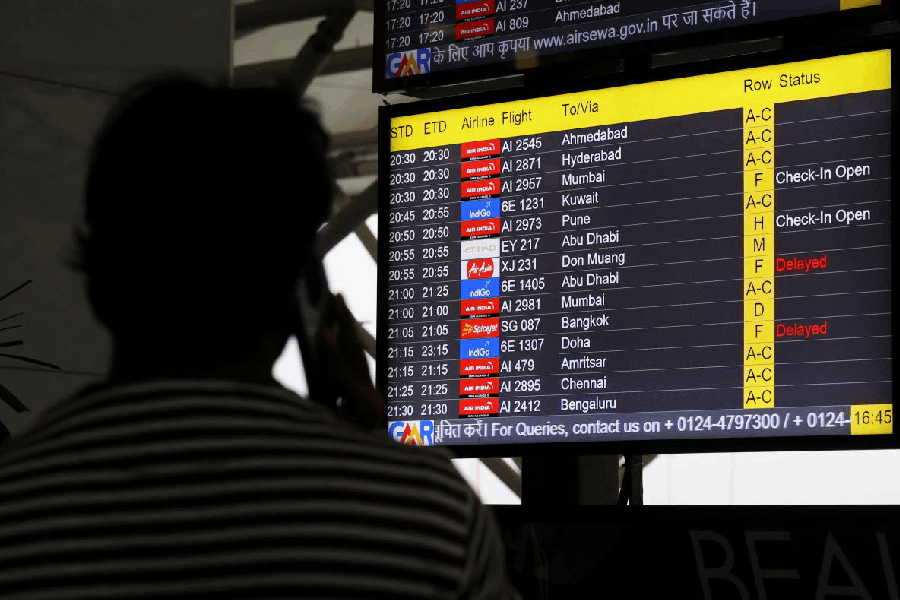The past eight to ten weeks have seen a resurfacing of toxic relationships: to the Ukraine-Russia and Israel-Palestine conflicts have been added US-Iran, Israel-Iran and, of course, the familiar India-Pakistan ones.
Thailand-Cambodia is the latest entrant to this list. For many in India, these countries are simply holiday destinations. Their tropical calm hardly ever suggests deep geopolitical fault lines, old historical grudges, super-charged rival nationalisms, and intense confrontations over identity and heritage. The latest twist in the Thailand-Cambodia interface has each element of this cocktail.
Since early 2025, tensions have accumulated along the Thai-Cambodian border over demarcation claims and counterclaims. Matters came to a head with a skirmish on May 28 in which a Cambodian soldier was killed. The following weeks saw intense rhetoric from both sides, border closures and other restrictions.
In Thailand, the tangle with Cambodia is the cause and effect of deep domestic rifts centring on the political strongman, Thaksin Shinawatra. His daughter, the former prime minister, Paetongtarn Shinawatra, was placed in suspension by the Thai constitutional court on July 1. Her removal followed a phone conversation with the former prime minister of Cambodia, Hun Sen, in which she apparently took a soft line on the border dispute. Hun Sen has dominated Cambodian politics since the 1980s and it is his son who is now prime minister. Thaksin Shinawatra was till recently regarded as a close friend of Hun Sen.
Thaksin and his progeny have often been accused of placing their business and personal interests above national interests. The phone conversation between Paetongtarn and Hun Sen therefore inflamed nationalist passions among Thaksin’s opponents and critics. But observers also point to the deep distrust the Thai army has of Thaksin — and the army is traditionally a major political power player in that country.
Yet the fault lines between the two countries have deeper roots than those of contemporary internal rifts. History plays a big role in this. The last eruption of Cambodian-Thai tensions was in 2008-2011 — also over disputed border claims but these then had even greater intensity because they were in the vicinity of Preah Vihear, a 9th-10th century Hindu temple, which has an iconic presence in Thai-Cambodian animosities.
In 1959, Cambodia had approached the International Court of Justice to rule on which side of the border with Thailand the temple stood. The ICJ, based largely on French colonial maps, ruled in Cambodia’s favour. For Thailand, accepting the decision and the loss of Preah Vihear was a bitter blow. It invoked a deep sense of territorial loss at the hands of the French. The areas around Preah Vihear, if not the main temple but access to them, have remained contested and that is what the clashes with Cambodia were about between 2008 and 2011.
In the course of the second half of the 19th century, the French, in order to consolidate their hold on Indo-China — what today constitutes Vietnam, Laos and Cambodia — had demarcated borders with the kingdom of Siam — as Thailand was then known — which led to the kingdom suffering major territorial losses. The area of Siem Reap, where the 12th-century Angkor Wat Hindu temple complex is located, was then lost to Cambodia in 1907.
For the Thais, the loss of Angkor became a loss of heritage and territory. For the Cambodians in contrast, Angkor became an identity marker. For the various governments that have ruled Cambodia over the past century — monarchies, far-Left regimes, such as that of the Khmer Rouge of Pol Pot and others — have all adopted the Angkor shrine as a symbol of Cambodian identity derived from an ancient Khmer heritage.
Angkor Wat, therefore, has continued to loom large over the Thai-Cambodian interface. Thai invocations of their own association with Angkor have led to incensed reactions in Cambodia. In 2003, the Thai embassy in the Cambodian capital, Phnom Penh, was attacked and burnt following widespread anger following allegations that a well-known Thai actress had claimed that Angkor was owned by the Thais.
For Cambodians, Angkor and other ancient Hindu and Buddhist shrines exemplify the achievement of their ancestors and simultaneously demarcate their identity as separate from Vietnam and Thailand — their larger and now more developed neighbours. Ancient Shaivite, Vaishnavite and Buddhist influences have no doubt permeated the whole of Southeast Asia in terms of scripts, languages, literature, ideas, and faith. These Indic influences were, however, adapted and accepted by different indigenous ethnic and tribal groupings and a variety of fusions emerged over different parts of Southeast Asia.
For modern Cambodians, Angkor, inspired and catalysed by Indian ideas and individuals but built by their own ancestors, is what separates them from the Thais and the Vietnamese whose ingress and conquest from the 14th century onwards led to the decline of their great civilisation. On the other hand, for many in Thailand, the loss of Angkor is a reminder of how their past greatness had to succumb to the colonial conquests of the French.
These accumulated tensions are aggravated by others. Thailand and Cambodia were on opposing sides of the Cold War and the Vietnam conflict. China’s relations with Cambodia today are the strongest among the other ASEAN members.
From India, there are different ways to see this latest eruption in Thai-Cambodian tensions. For some, it is a matter of gratification that Indic influences and structures of a millennium earlier are so important as identity markers to be still contested over by countries. For this point of view, all this is an evocation of a time when India truly was a vishwaguru, not just a title we now aspire to acquire. To others, these contestations provide a certain satisfaction that South Asia is not the only region plagued by bad neighbours and bad histories.
But there is a larger point that is often overlooked: the quiet miracle that has taken place in Southeast Asia over the past three or four decades. Regional cooperation has struck deep roots and is a silent factor in dampening conflicts that could otherwise spin out of control. For instance, the largest number of tourists visiting Cambodia are from Thailand. Therefore, it seems likely that this latest eruption of tensions will also get resolved quietly.
T.C.A. Raghavan is a former High Commissioner to Pakistan and Singapore










